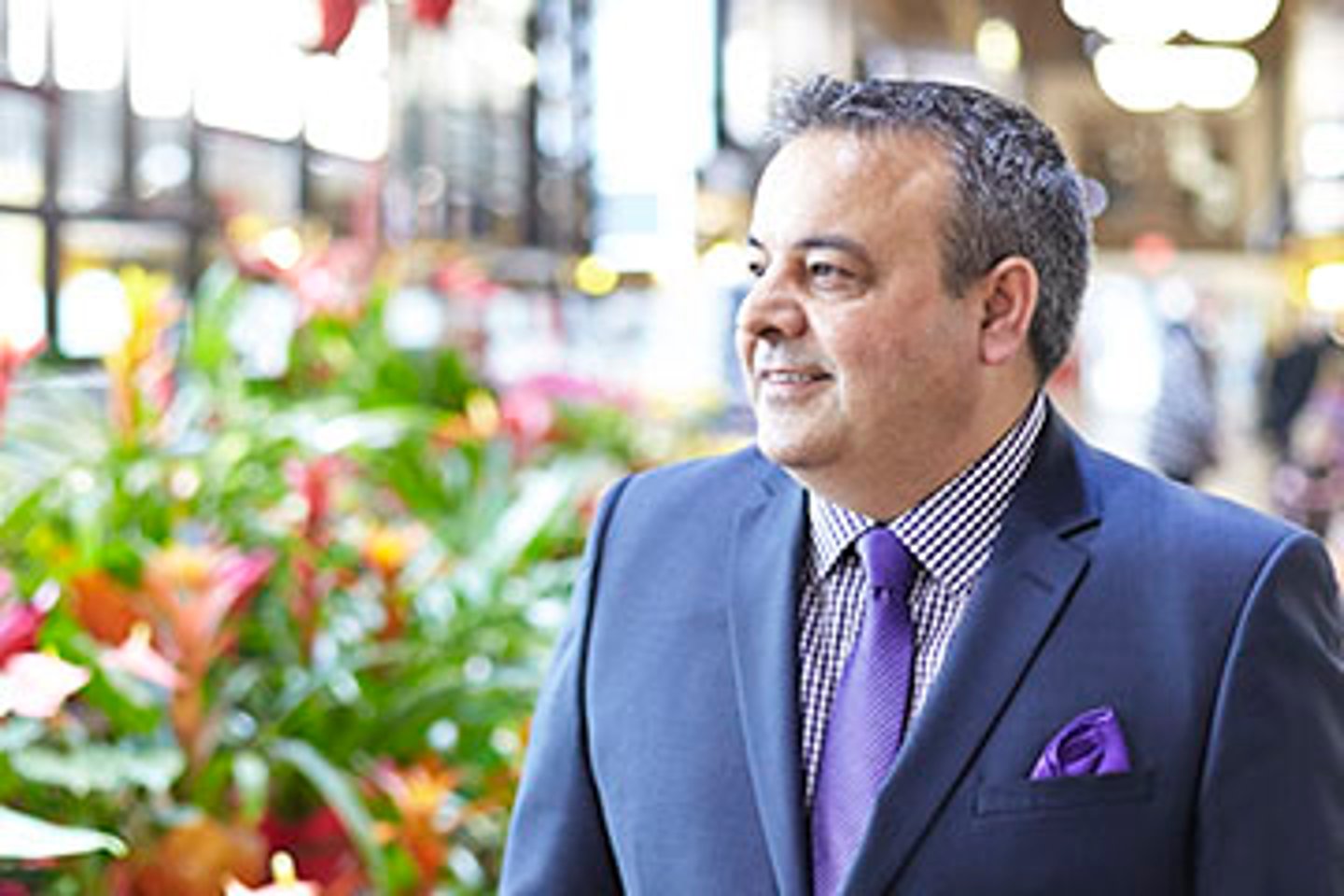Fortinos gives tips and tricks for showcasing produce
Ontario’s Fortinos is known for its superb shopping experience and for putting fresh on centre stage. Sergio Mazzuca, senior director of produce, bulk and floral offers his tips on how to show and sell produce.
CG: What are the key elements to your merchandising strategy?
SM: We merchandise by category to ensure an ease to the shop for the customer. For example, you’ll find a dedicated display with an expansive assortment of mushrooms from around the world. These areas are well signed and easy to locate within the department. We ensure that our merchandising is seasonally correct, so that we give customers the best of what is available at that time. Part of our strategy with our new stores is our “open backroom concept.” We’ve eliminated our preparation backroom and have brought it out onto the floor so that customers can see what they’re getting and what we are doing. It adds great theatre and energy to the department
CG: How do you market your produce offering?
SM: We use our weekly flyer as the primary out-of-store marketing vehicle. This reaches a wide audience and communicates our weekly specials. In-store, we let our produce displays market themselves. We don’t over- sign in our departments. Rather, we let the product sell itself. If an item doesn’t meet our standards, it doesn’t make it through the back receiving door.
CG: How do you ensure all staff are properly trained?
SM: New employees go through a comprehensive orientation. Standards and expectations are reviewed before they start working. We generally try to promote from within, which creates loyalty and builds our culture. Our approach is old school–we’re on the floor interacting with our employees, coaching and listening. Our knowledgeable staff is one of our greatest assets.
CG: What’s your strategy when it comes to produce and flyers?
SM: Our flyer strategy allows us to feature new, unique and special features that are seasonally relevant, whether that be Chinese New Year or our local preserving season, or highlighting produce at its peak. We also try to balance the offering of fruit, vegetables and ethnic. Our “hero” categories are organics, Asian fresh, mushrooms and peppers. The latest trends also play an integral role. The flyer allows us to develop a relationship with the customer. We achieve this by providing facts and valuable information. When Spanish clementines came into season, we told the customers why these were a better value during that time, as compared to Moroccan clementines, based on the sweeter taste and juicier
CG: How important is sampling and demos at Fortinos?
SM: Critical. If a customer walks to a display and wants to try an item, we cut it open for them to taste. Customers look for that sensory experience with the food they buy. We limit demos to only those items that offer a truly unique eating experience.
CG: What differentiates Fortinos’ merchandising from others?
SM: We listen from the ground up and are quick to react. We execute and merchandise based on the customers’ needs in their marketplace. We cater to our local markets and ensure that we have what the customer is looking for, particularly in some of our more ethnically diverse markets. By visiting the Ontario Food Terminal weekly, I’m able to keep my finger on the pulse and at the same time capitalize on opportunities that because of our structure, we are able to execute immediately. The end result is a well-executed strategy.
Canadian Grocer spoke with Canada's produce power players to learn how they stay ahead of the game. Read more Q&As with the country's top produce experts below:
Category Management with Costco's Oleen Smethurst here
Supplying with John Russell, President of J.E. Russell Produce Ltd here
Buying practices with Longo's Mimmo Franzone here

